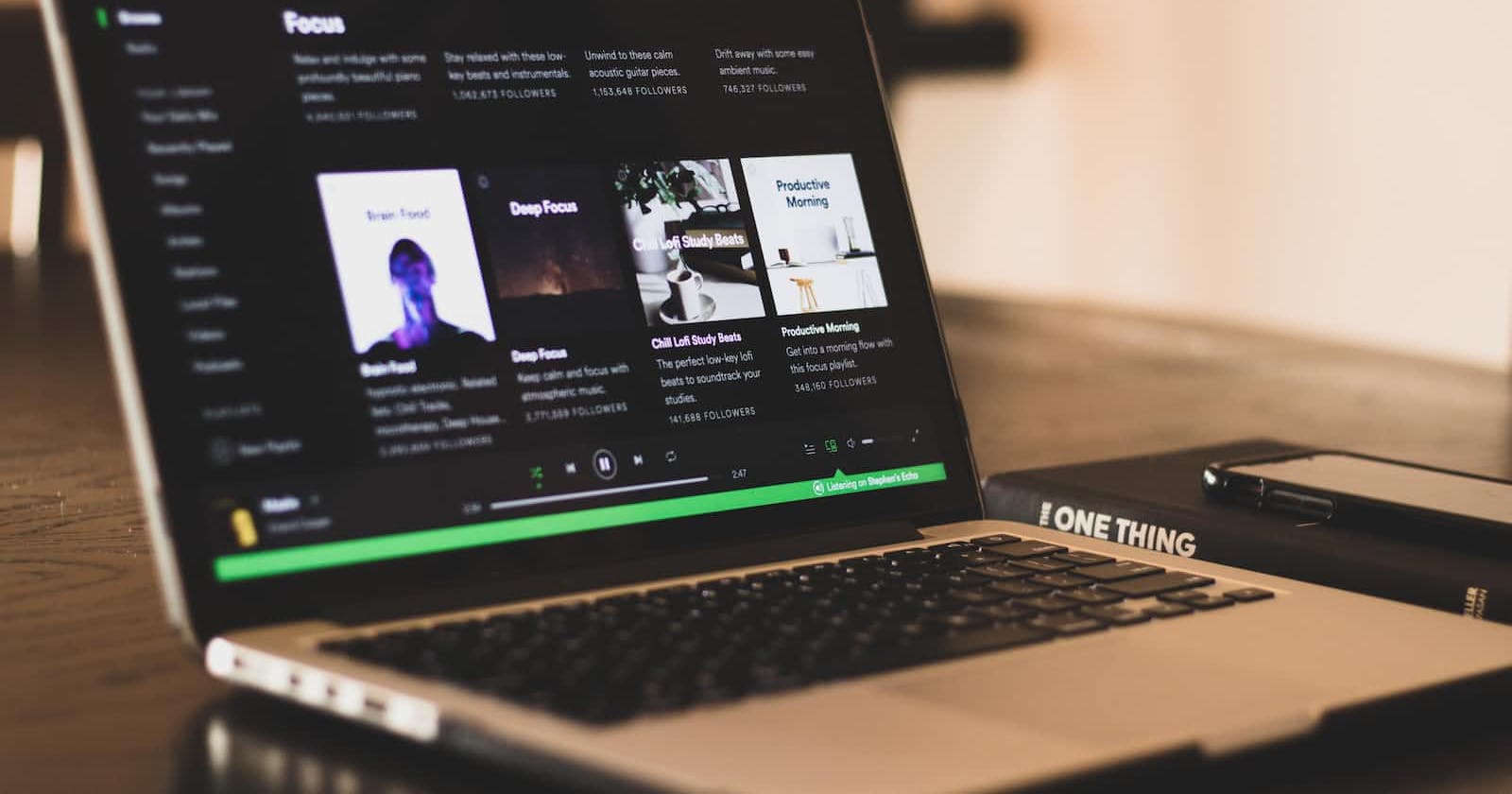
How Spotify beat the TCP/IP Protocol?
How the music giant overcame their biggest engineering hurdle in its nascent days
During the early days of Spotify, the CEO(Daniel Ek) gave the almost impossible task of streaming music without any delay (using a P2P system) to Andreas Ehn(CTO at that time). It was the year 2006 and technology hadn't advanced to the extent it is today.
So using traditional TCP/IP Andreas with his team built a state-of-the-art music player which had a very small response delay of 250ms, but Daniel(CEO) rejected it saying it was too slow.
To solve this issue, Andreas wandered on looking for various solutions and finally ended up making their own custom protocols.
So how did Spotify develop its custom HTTP protocols?
To understand the custom protocol Andreas built, it is important to first consider the challenges of music streaming. Streaming music involves transmitting large amounts of data over the internet, which can be slowed down or interrupted by network congestion, signal interference, and other factors. These issues can result in buffering, low-quality audio, and other problems that can frustrate users and lead them to switch to a different music streaming service.
Spotify's Innovation
They developed a custom protocol technique to prioritize the data packets to ensure that the most important data is delivered first.
The protocol works by dividing data into smaller chunks, which are then transmitted using a combination of reliable and unreliable data transfer methods. This allows the protocol to minimize latency and reduce the number of retransmissions that are required due to packet(Data) loss. The prioritization technique ensures that the most important data, such as the audio stream is delivered first, while less important data, such as metadata, can be delivered later without affecting the user experience.
One of the key innovations that the team developed was adaptive bitrate streaming. This technique allows the streaming service to adjust the quality of the audio based on the available network bandwidth. So, if the user has a fast connection, they get high-quality audio. If the connection is slow, the service automatically adjusts the audio quality to prevent buffering.
Another major innovation was the use of caching servers. These servers store frequently requested data closer to the user, reducing latency and improving performance. This meant that users could start listening to their favorite music almost instantly, without having to wait for the data to be transferred over the internet.
They also obtained a patent for this technology.
Today, Spotify's custom HTTP protocols are the backbone of their music streaming service. They allow the service to deliver high-quality audio to millions of users around the world, without any of the issues that plagued early music streaming services.
In conclusion, the uninterrupted music that we enjoy daily is a tribute to the hard work of coders who worked tirelessly to provide us with seamless audio streaming. Cheers to Engineering and Happy Coding!!
